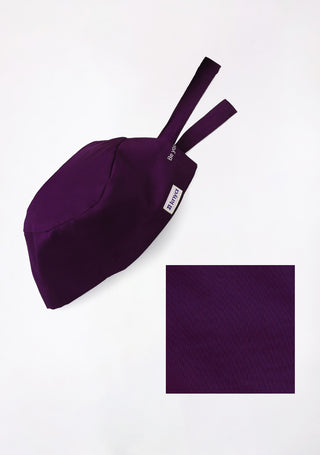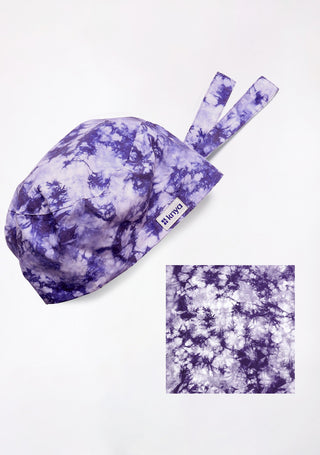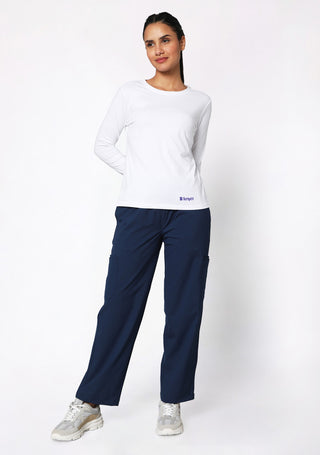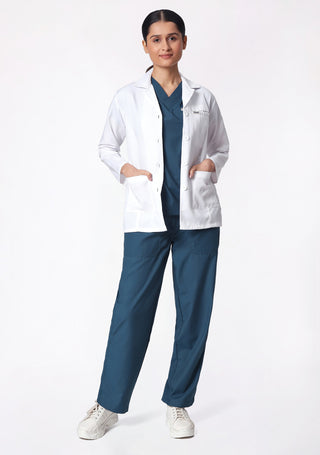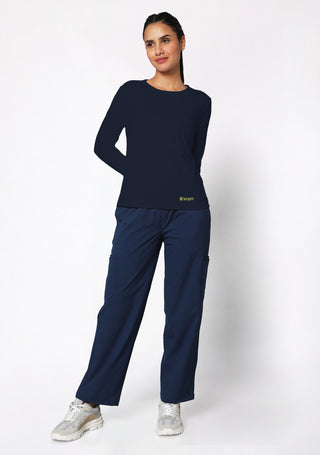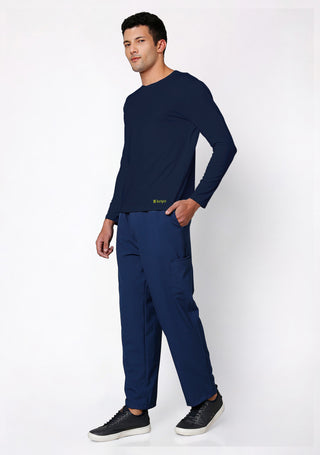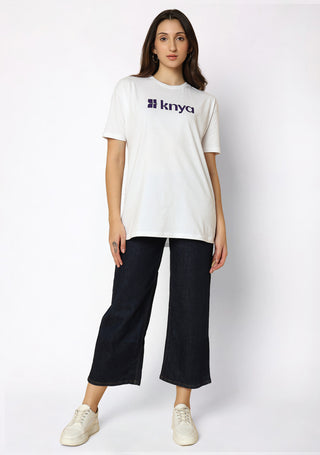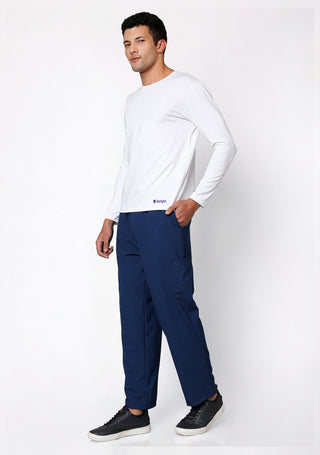The future of healthcare garments is bright, with innovations aimed at improving hygiene, sustainability, and functionality. As smart textiles, antimicrobial coatings, and eco-friendly materials become mainstream, scrub suits will continue to evolve, making medical professionals' lives easier and safer.Over the next five years, we can expect scrubs to become smarter, cleaner, and more comfortable, helping healthcare workers perform their duties efficiently while maintaining top-notch hygiene standards.
What is a Scrub Suit?
A scrub suit is a standardized uniform worn by medical professionals, including doctors, nurses, and healthcare workers. Typically consisting of a short-sleeved shirt and drawstring pants, scrubs are designed to be comfortable, easy to clean, and hygienic.
Scrub suits come in various colors and styles, depending on the hospital’s dress code and specialization. They serve as a protective barrier against contaminants, ensuring that healthcare workers maintain a sterile and professional appearance while attending to patients.
How Did Scrub Suits Come About?
Scrub suits have an interesting history rooted in medical advancements. Before the early 20th century, surgeons performed procedures in regular clothing or simple aprons. It wasn’t until the 1910s, with the rise of antiseptic surgical techniques, that medical professionals began wearing sterilized gowns.
By the 1940s, hospitals started adopting green and blue surgical attire instead of white, as these colors reduced eye strain and provided better contrast during surgery. In the 1970s, the term "scrubs" emerged, referring to clothing worn in "scrubbed" (sterile) environments. Since then, scrub suits have become the standard attire in medical settings worldwide.
Who Wears Scrub Suits and Why?
Scrub suits are primarily worn by:
- Doctors and Surgeons: They require sterilized clothing to maintain hygiene during medical procedures.
- Nurses and Paramedics: Scrubs offer comfort and ease of movement, essential for long shifts.
- Medical Technicians and Lab Workers: Those working with biological specimens need protective, easy-to-clean attire.
- Veterinarians and Dental Professionals: Scrubs provide a sanitary barrier against fluids and contaminants.
The primary reason for wearing scrub suits is hygiene. They help prevent cross-contamination and are designed for easy laundering, reducing the risk of infections spreading in medical facilities.
Are There Any Drawbacks to Scrub Suits?
While scrub suits are widely appreciated for their functionality, they do have some limitations:
- Limited Personalization: Most scrubs are standardized, offering little room for individuality in professional settings.
- Fabric Durability Issues: Frequent washing and sterilization can lead to wear and tear over time.
- Lack of Advanced Features: Traditional scrubs lack built-in technology such as antimicrobial coatings or moisture-wicking properties.
However, these drawbacks are being addressed through advancements in textile technology, promising better functionality in the coming years.
Browse best Scrubs Collection
How Have Scrub Suits Changed the World for the Better?
Scrub suits have revolutionized healthcare in several ways:
- Enhanced Hygiene: They help prevent the spread of infections in hospitals and clinics.
- Improved Comfort: Designed for long hours, scrubs provide ease of movement and breathability.
- Cost-Effectiveness: Compared to other professional attire, scrubs are affordable and easy to replace.
- Standardization in Healthcare: Scrub suits create a sense of unity and professionalism among medical staff.
With the increasing focus on infection control, scrubs have become an essential part of modern healthcare, ensuring safety for both patients and medical personnel.
What’s Next? The Future of Healthcare Garments
The next five years will bring exciting advancements in healthcare garments, driven by technological innovation, sustainability, and functionality. Here’s what to expect:
Smart Scrubs with Built-in Technology
Future scrub suits will integrate smart textiles that monitor vital signs, track body temperature, and detect contaminants. These high-tech garments could provide real-time data to help healthcare workers assess their own health while on duty.
Antimicrobial and Self-Cleaning Fabrics
The development of antimicrobial fabrics infused with silver nanoparticles or copper ions will help reduce bacterial growth on scrubs. Some companies are also exploring self-cleaning textiles that use nanotechnology to repel fluids and stains, increasing hygiene standards.
Sustainable and Eco-Friendly Scrubs
With the rise of eco-conscious fashion, the healthcare industry is shifting toward biodegradable and recycled fabrics. Future scrubs will be made from sustainable materials like bamboo fiber and organic cotton, reducing the environmental impact of medical clothing.
Custom-Fitted and 3D-Printed Scrubs
Advancements in 3D printing technology may lead to the development of personalized scrubs that fit individual body types perfectly. This innovation could improve comfort, durability, and even introduce tailor-made medical attire with ergonomic support.
AI-Driven Fabric Design
AI and machine learning will play a crucial role in designing scrubs that adapt to different environments. Temperature-regulating fabrics could keep medical staff cool in high-stress situations, while AI-powered material engineering could enhance durability and flexibility.
Stylish and Functional Scrubs
Future scrubs will prioritize both aesthetics and functionality. Expect a shift towards fashionable medical wear, incorporating sleek designs, moisture-wicking properties, and customizable elements for a more professional yet stylish look.
Shop the Best Lab Coats from Here!
Integration of Augmented Reality (AR) Features
Some futuristic scrubs may include AR-enhanced designs, allowing healthcare workers to access real-time patient information through smart glasses or built-in display patches. This could enhance efficiency and reduce the need for constant screen interaction.

